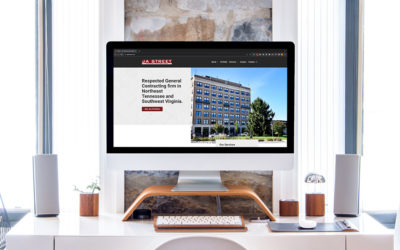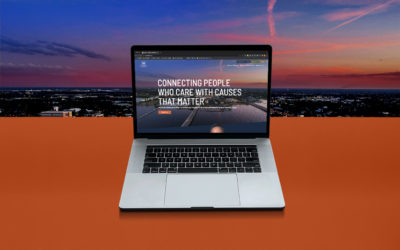In the age of digital communication, it can be easy to send a quick, terse reply, use multiple exclamation points, ALL CAPS, or type a short irrelevant subject line and click “SEND” before we review our communication. However, poor or unprofessional email communication can harm your reputation and reduce your credibility in the workplace.
Following are some common email etiquette tips that need to be considered every time you’re about to click SEND:
Level of Formality – Email is not an excuse to be sloppy or informal. You should communicate at all times as if your email is printed on company letterhead. Black text and standard fonts should be typical. Leave off abbreviations and emojis and type full words and complete sentences.
Clear Subject Lines – Your email is just one of maybe dozens or hundreds that the recipient will receive on a daily basis. Keeping your subject line clear and concise will help ensure it gets opened, read, and receives a response.
Concise Email Text – Keep your email short and to the point. An email that looks like it will be a burden to read will probably not get the attention it needs. Use bullet points, white space, and summary paragraphs. Be clear and up front.
Watch the Reply All – Send or copy others only if they need to be part of the continuing communication. Before you click Reply All or type names into the CC or BCC fields, ask yourself if each of these people need to see the message. Take time to target your email to the right recipients. And never use Reply All or CC to tattle on a coworker. This will make you look petty and unprofessional.
Include a Signature – A professional signature is important to provide contact information to your recipient. You don’t want them to have to look up a way to contact you. Include your name, company name, and phone number at a minimum. Your physical address, social media links, and website link are optional. This is a great way to let others know more about you, but keep it concise and easy to read.
Timely Response – Email became popular in part because it is a timely way to communicate. When people email you, they are expecting a reply in a reasonable amount of time. If your company has a policy on response times, make sure you follow that rule. However, a 24-48 hour response time is generally acceptable.
Confidential Information – Be careful the type of information you include in your email communications. Try to refrain from discussing personal, financial, or legal information, and don’t include usernames and passwords in your emails. Even though email security is typically strong, emails can still be hacked.
New Correspondence on Old Emails – When the subject changes, start a new email chain. It can be very challenging (also frustrating) to keep a train of thought or find past email information when multiple topics are included on a single email chain.
When communicating via email, the rule of thumb is to ask, “Would my boss be okay if I printed this on company letterhead and sent it?” If so, you’ve done a great job. If the answer is no, figure out why and adjust your email etiquette.






0 Comments